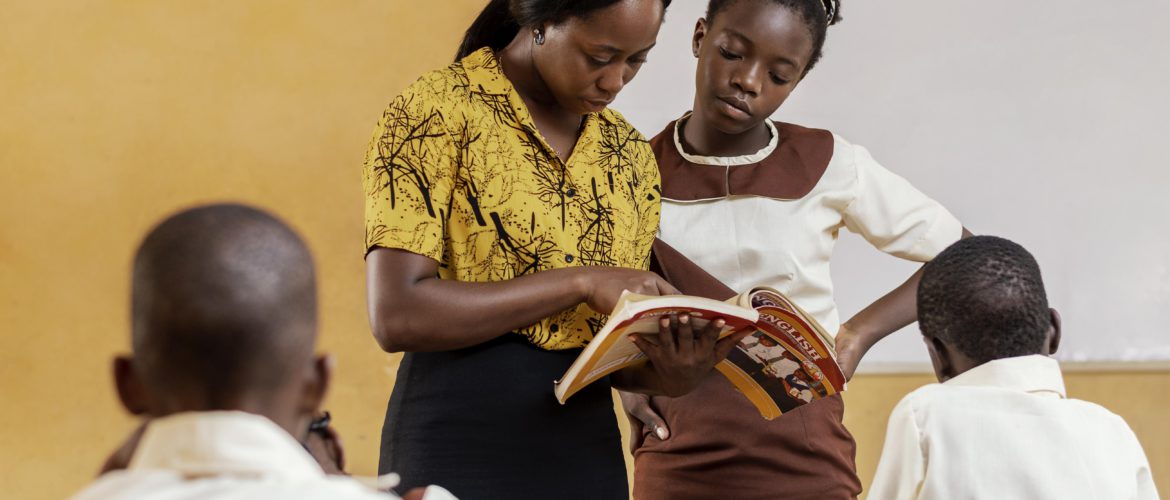News & Events
How to Utilize Visuals in a Whiteboard Video for Maximum Impact
- April 27, 2023
- Posted by: Ezekwem Chinonso Michael
- Category: Uncategorized

Visuals have a remarkable ability to help people remember information. The human mind prefers information it can see in a story. Therefore, in this article, we will explore the importance of visuals in messaging, how visuals affect the brain, and how they can be utilized in a whiteboard video.
Importance of Visuals in Messaging
A director’s visual storytelling skills are put to the test in film school by watching a portion of a movie without sound. It is an experiment that shows how some moments seem to lose nothing when stripped of their soundtrack, while others fall into total incoherence. This test shows that the brain has a profound attachment to visual information, and the intelligent creator should make the most of this fact.
Though the power of the image seems to be stronger than the spoken word, the brain doesn’t make a binary choice. At TruScribe, we ensure that both the visual and auditory components of your message are given equal importance. We focus so much on visual storytelling because the human mind prefers information that it can see in a story.
Retention Comes Through the Eye of the Beholder
Brain movies can be instant and unconscious or a learned strategy to remember information. They act as our brains’ way of setting up a mental camera and running a few frames past the shutter to help us process and remember what we’ve learned. TruScribe video makes information retention even easier by supplying images and motion in synchronization with audio information.
Studies have found that visuals improve learning by 400% and increase “human bandwidth” – the capacity to take in, comprehend, and synthesize large amounts of new information more efficiently. Visual stimuli have many potential advantages for viewers, including:
- The power to stick in long-term memory and transmit messages faster than audio
- The ability to improve comprehension, trigger emotions, and increase motivation in viewers
- The strength in learning and retention
The emotional affective quality of the visual is a “faster and stronger reaction than words” that can influence retention through the brain’s physical storage structure. The visual center exists in the medial temporal lobe of the brain, where emotions are processed. Retention of information increases through the brain’s natural inclination towards imagery at the same time it increases through the brain’s natural tendency to remember emotional states.
How to Best Utilize Images in a Whiteboard Video
Images must be used appropriately in a whiteboard video, as incorrect use of visuals can deter learning. Three kinds of clearly unproductive imagery to avoid include:
- Pictures that are obviously stock photographs.
- Generic graphics that display a clear lack of imagination.
- Poor quality images that are pixelated, low-resolution, over-compressed or badly resized.
Such poor choices in imagery can splinter a viewer’s focus, confusing or frustrating them and leaving the scene’s intended message unheard or ignored. Therefore, images must maintain synchronization with the video’s narration.
The combination of audio and visual is a powerful tool that should not be underestimated. The brain’s desire to hold onto visual information is still about 80% after 32 seconds, compared to auditory at just about 60%. This statistic reminds us of the power of the visual but also the danger of using such an effective tool to inadvertently drive home the wrong information.
In conclusion, visuals are a vital component of messaging and an excellent tool for improving learning and retention. However, the correct use of imagery in a whiteboard video is essential to ensure that the viewer retains the correct message. The combination of audio and visual is a powerful tool that can make your message stick in the viewer’s memory for a long time.

